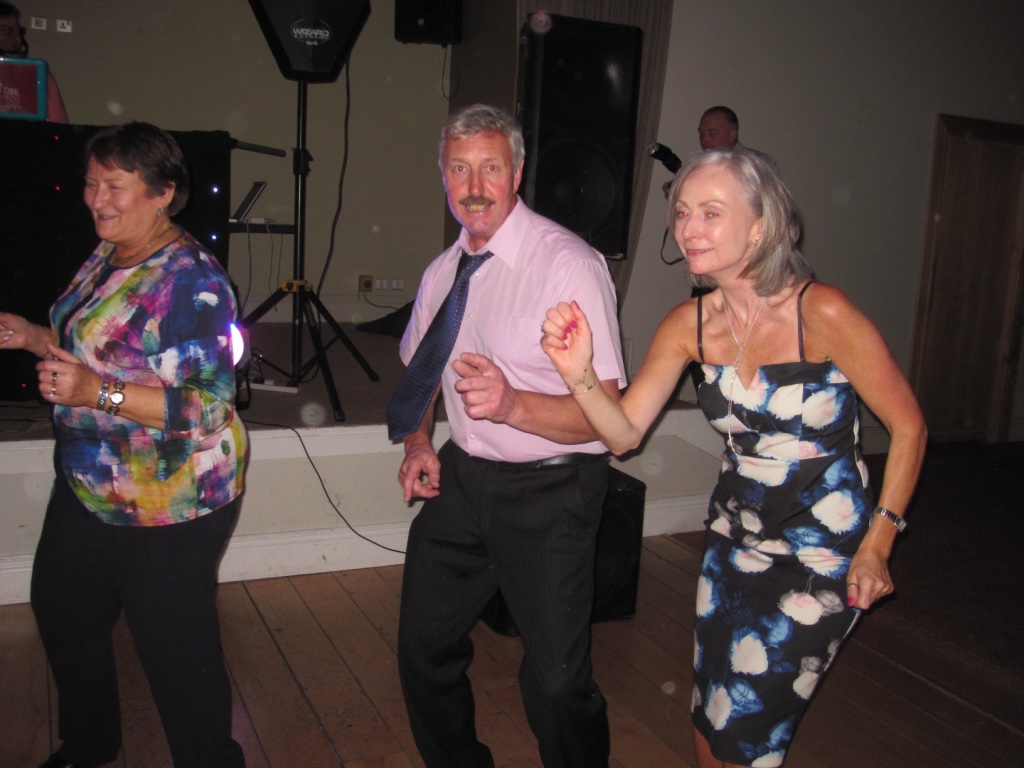HOW DO WE TEAR THE ACL?
The ACL is commonly injured whilst playing ball sports or skiing. Whilst playing ball sports upon attempting a pivot, sidestep or landing from a jump, the knee gives way. The foot is planted on the ground and the rest of the body rotates about the knee creating the force required to snap the cruciate ligament. When rupturing the ACL patients frequently hear or feel a snap, a pop or a crack accompanied by pain. They fall to the ground, stop playing and come off the pitch. Swelling commonly occurs within the hour. Frequently pain is felt on the outer aspect of the knee. Occasionally the medial ligament of the knee joint (MCL) may also be disrupted resulting in severe pain and swelling at the medial aspect of the knee.
HOW DO WE DIAGNOSE AN ACL RUPTURE?
The majority of the ACL ruptures can be diagnosed by:
- Taking the relevant history from the patient.
This is the classical story that is given by the typical patient: “I twisted my knee with my foot on the ground or landed after a jump. I fell to the ground and felt the knee giving way. I felt a crack/pop or snap inside the knee with intense pain. I couldn’t play on. My knee swelled up ’like a balloon’ immediately. When pain eventually settled I found it hard to bend my knee. Since then my knee gives way and I don’t fully trust it”
When hearing a similar story we should treat this as an ACL tear until proven otherwise.
- Doing a clinical examination of the knee.
Taking as history as outlined above is often sufficient to raise the suspicion of an ACL injury.
WHAT IMAGING IS REQUIRED WHEN SUSPECTING AN ACL TEAR?
When we suspect an ACL injury we should request an X-ray (Both AP and Lateral) and an MRI of the affected knee. The X-ray will show if there are any fractures caused by the injury involving the knee. The MRI will outline the anatomy of the ligaments, menisci and chondral surfaces. It will diagnose the ruptured ACL and the associated injuries when present.
WHAT IS THE BEST ADVICE TO SOMEONE WITH AN ACL TEAR?
When suspecting or dealing with a confirmed ACL injury we should refer the patient for further evaluation and treatment to an Orthopaedic Surgeon with an interest and sub-specialised training (Fellowship) in Sports Knee surgery.
SHOULD EVERYBODY WITH AND ACL TEAR HAVE SURGERY?
No, not all patients with ACL rupture should have surgery. The patients, along with their Orthopaedic Surgeon, should decide during the consultation what is the best treatment for them.
Those patients who wish to pursue competitive ball sports, or who are involved in an occupation that demands a stable knee are at risk of repeated injury resulting in tears to the menisci, damage to the articular surface leading to degenerative arthritis and further disability. In these patients, surgical reconstruction is recommended. Surgery is best carried out on a pain free, healthy joint with a full range of motion. This is achieved with a pre-habilitation program supervised by a Physiotherapist.
MY SURGICAL TREATMENT FOR PATIENTS WITH ACL TEAR?
| Read more from Mr Mihai Vioreanu at www.mrmv.ie |










